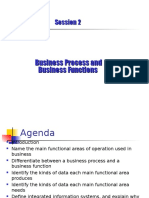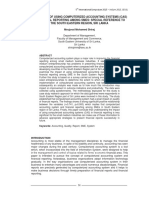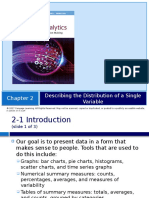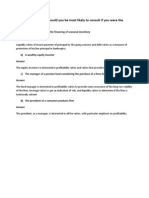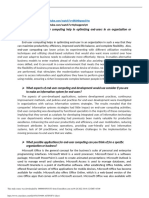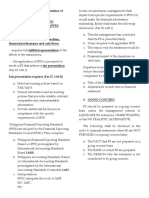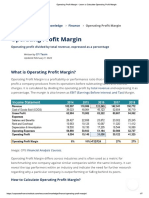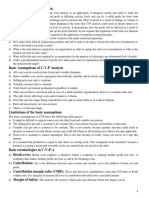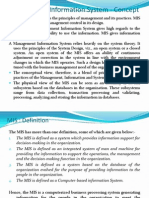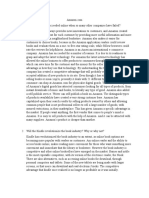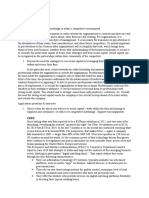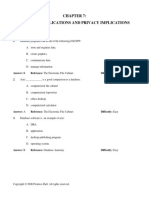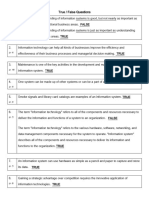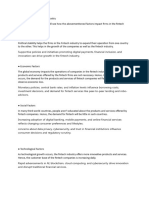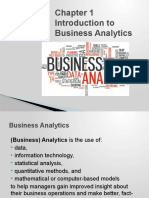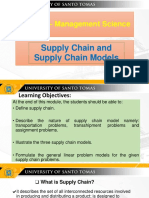0% found this document useful (0 votes)
262 views49 pagesADM 2302: Introduction To Business Analytics
This document provides an introduction to the course ADM 2302: Introduction to Business Analytics. It defines business analytics as using data, technology, analysis and models to help managers make better decisions. It discusses applications of business analytics such as pricing, customer segmentation, and location analysis. It also covers topics like the evolution of analytics, impacts and challenges, tools used, data sources, and key concepts in analytics like metrics, data classification and data reliability.
Uploaded by
Sam LindersonCopyright
© © All Rights Reserved
We take content rights seriously. If you suspect this is your content, claim it here.
Available Formats
Download as PPTX, PDF, TXT or read online on Scribd
0% found this document useful (0 votes)
262 views49 pagesADM 2302: Introduction To Business Analytics
This document provides an introduction to the course ADM 2302: Introduction to Business Analytics. It defines business analytics as using data, technology, analysis and models to help managers make better decisions. It discusses applications of business analytics such as pricing, customer segmentation, and location analysis. It also covers topics like the evolution of analytics, impacts and challenges, tools used, data sources, and key concepts in analytics like metrics, data classification and data reliability.
Uploaded by
Sam LindersonCopyright
© © All Rights Reserved
We take content rights seriously. If you suspect this is your content, claim it here.
Available Formats
Download as PPTX, PDF, TXT or read online on Scribd
/ 49
